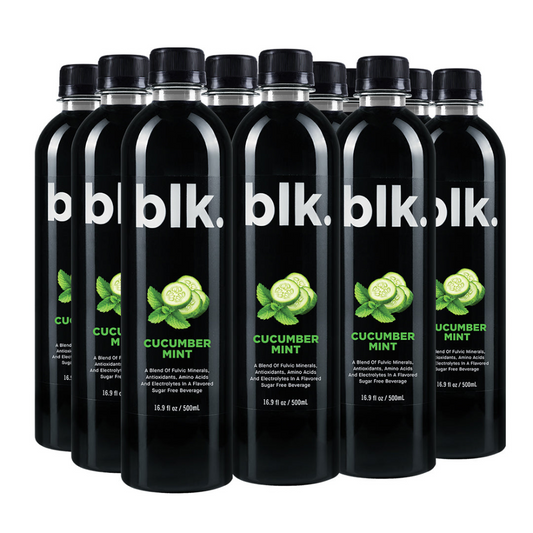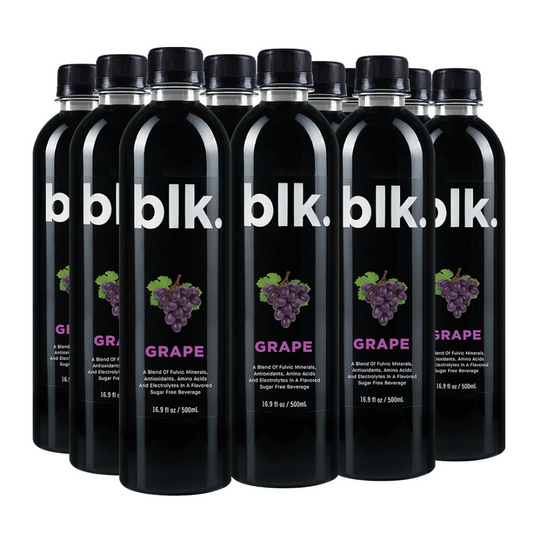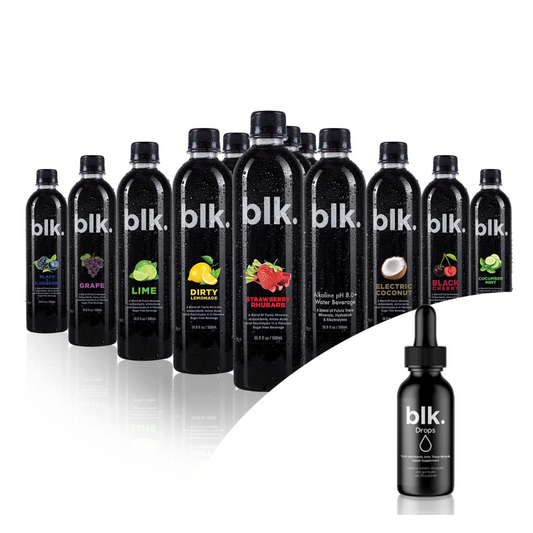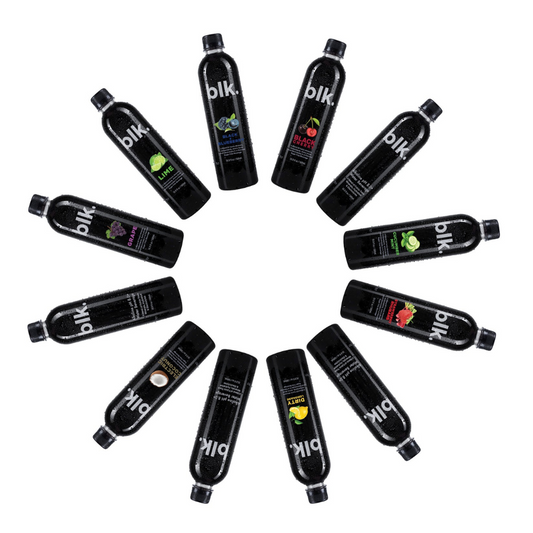
Biceps Workout for Improved Grip Strength
This Guide Seeks to Answer the Following:
- The definition of grip strength
- Weak grip strength and its causes
- Relationship between biceps workout and grip strength
- Top biceps exercises to improve grip strength
Improved grip strength is important when working out. It allows you to firmly and securely hold on to weights, dictating how heavy you can lift. The weak grip strength does not only hinder performance while doing strength training or weight lifting but also is a symptom of weak cardiovascular strength. Ripped.com is the leading online store for health supplements and also the destination for the ultimate body. Our expert trainer here shares a complete guide on grip strength, including how to measure grip strength, why you have weak grip strength, and how you can improve grip strength with a proper biceps workout. Let's focus on building strength in our grip and this read can be useful to you.
What is Grip Strength?
Grip strength refers to how securely and firmly you can grip/hold onto things and the weights you can hold.
Types of Grip Strengths
There are three types of grip strengths, i.e., crushing, pinching, and supporting grip. Crushing grip strength refers to how strong you can hold onto something using your fingers and palms, while supporting grip strength refers to how long you can hang from something or hold onto it. Lastly, pinching grip strength refers to the level of firmness you can achieve when gripping things between the fingers and thumb.
How to Measure Grip Strength
You need a dynamometer to measure your grip strength. Once you have it, hold your arm with the elbow bent at 90 degrees, squeeze the dynamometer as hard as possible, smoothly apply grip force, and repeat twice or thrice. Finally, get the average of the 2-3 readings, and you will have your grip strength.
Benefits of Strong Grip
You need a strong grip to prevent injuries, increase bicep activation, and perform better in exercises such as bench presses, pull-ups, and deadlifts. A strong grip also improves our daily lives as it helps lift or carry things around.
Weak Grip Strength
Causes of Weak Grip Strength
Weak grip strength is mainly caused by the disuse of the hands and fingers. However, it can also be a result of cervical compression, peripheral neuropathy, brachial plexus syndrome, Parkinson's, arthritis, and MS.
Signs of Weak Grip Strength
People with weak grip strength may frequently drop items, feel like they can't hold on firmly to things, or experience pain on the forearms or a burning sensation in the hands or fingers. Numbness or tingling in the fingers can also be a sign of weak grip strength.
Risk of Weak Grip Strength
Studies have shown that weak grip strength normally indicates the existence of heart and lung-related health conditions. It's also possible that people with low grip strength have lower life expectancies. Other risks associated with low handgrip strength, especially in the older population, include falls, poor health-related life quality, and disability.
How Biceps Workout Can Improve Grip Strength
Biceps exercises such as reverse bicep curls activate the forearm brachioradialis muscle, improving grip strength and performance. It, therefore, allows athletes and bodybuilders to excel at exercises such as bench presses, deadlifts, and pull-ups.
Top Biceps Workout to Improve Grip
1. Hammer Curls
Hammer curls target the biceps, brachialis, brachii, and brachioradialis muscles. Here is how to hack hammer curls:
- Either choose to stand or kneel but with your legs roughly hips-width apart
- Let your palms face in toward your body
- Lift the weight to your shoulder by squeezing the bicep. Make sure that your shoulders are relaxed
- Slowly lower the weight back to your side
- Repeat for 2-3 sets of 10-15 reps
🎥 3 Hammer Curl Variations That Will Blow Up Your Arms
2. Reverse Grip Barbell Curls
Reverse grip barbell curls target the biceps, brachialis, and brachii.
Proper Form and Technique
- While standing upright, hold the barbell at shoulder width with your elbows close to your torso
- Curl the weights by contracting your biceps. Remember to breathe out and keep your upper arms stationary
- Continue curling until your biceps fully contract and the bar is at shoulder level. Hold it in that position for a few seconds and squeeze the muscle
- Lower the bar to the starting position slowly while breathing in
- Repeat
🎥 Reverse Curl Exercise - The Proper Lift - BPI Sports
3. Plate Pinch Curl
The plate pinch curl is a common biceps-training exercise that improves hand flexion and finger and wrist stability. Here is how it is done:
- Use a pinch grip to hold two weight plates together
- Fully extend your arms in front of your thighs while carrying the plates
- Keep the plates from moving by pinching down hard
- Curl the plates upwards till they come in front of your shoulder
- Lower your hands to return the plates to the starting position
Additional Tips for Improved Grip Strength
Grip Training Frequency
Optimal Training Schedule for Grip Strength
The recommended training schedule for beginners is 1-2 grip-intensive lifts per session once a week. Later on, you can try two weekly sessions doing grip-specific lifts.
Rest and Recovery for Grip Strength
Resting give the muscles involved in your grip training time to recover, which is important. Not giving your muscles enough time to heal can lead to aggravated injuries and poor performance.
Overtraining and Undertraining
Both overtraining and undertraining is dangerous. Overtraining can lead to muscle soreness, poor results and performance, and emotional changes. In contrast, undertraining leads to a plateau, which happens when your body adjusts to your training routine, leading to no significant changes.
Nutrition and Hydration for Grip Strength
Foods that Improve Grip Strength
People who would like to improve their grip strength should eat healthy foods such as vegetables, fatty fish, fruits, and wholemeal bread.
Hydration and Its Impact on Grip Strength
It's still unclear how hydration impacts grip strength, but all we know is that it leads to an increase in muscle mass, which probably affects grip strength. Hydration also helps maintain concentration and performance and increases endurance during grip strength exercises.
Conclusion
You should work on improving your grip strength for better daily functioning, injury prevention, exercise performance, and increased bicep activation. We urge you to try out the recommended exercises and feel the difference.
Frequently Asked Questions
-
What Muscles are Involved in Grip Strength?
-
How Do I Increase My Grip Strength Without Weights?
-
Can Grip Training Help With Golf Swing?
-
What are Some of the Grip Strength Training Mistakes to Avoid?
-
How Long Does It Take to See Results from Grip Strength Training?




